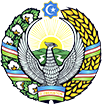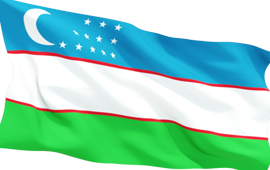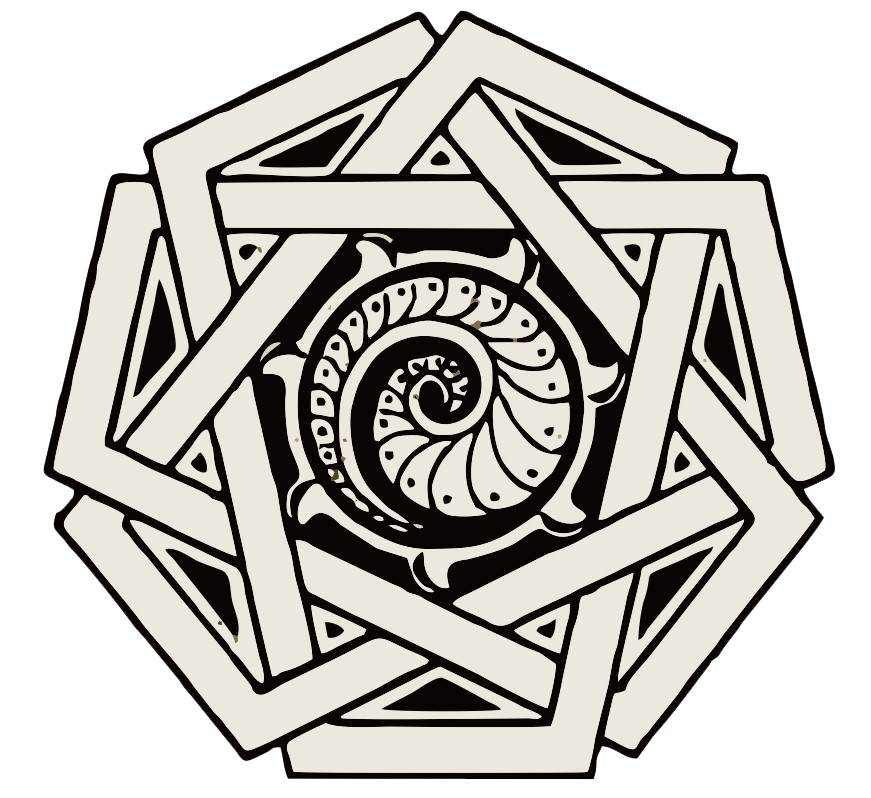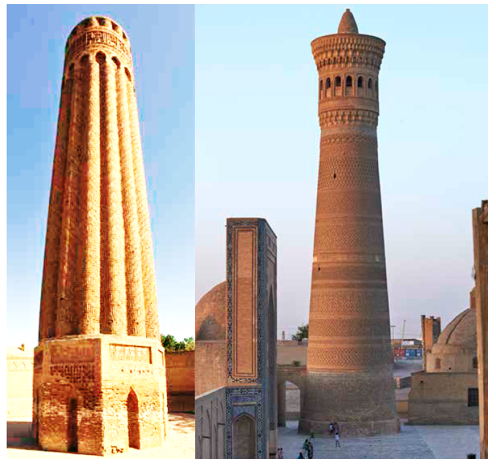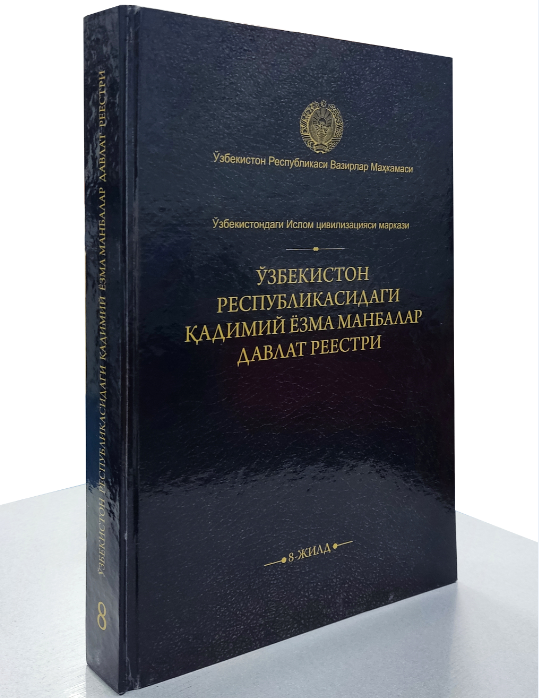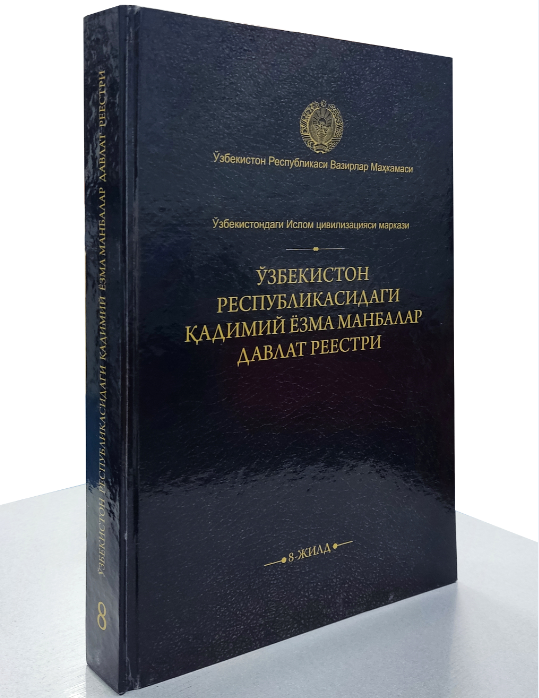Islam, which came to the region in the 7th–8th centuries, radically changes
not only the socioeconomic, urban infrastructure and architectural appearance of the local city, but also its philosophy. This is the time of the emergence of trade and craft cities and the emergence of their new plastic silhouette, the change of urban planning and architectural priorities in as a whole. The structure of the relatively simple internal hierarchy of the preIslamic city (the architecture of citadels and castles with the adjacent rural district) is now noticeably more complicated. The cities of Termez, Samarkand, Bukhara are becoming a large multifunctional organism (administrative, palace, religious, trade and craft, fortification, engineering and other structures). The image of the cities of the Muslim Middle Ages is largely determined by religious buildings – mosques, madrassas, mausoleums, etc. They introduce a new plastic and semantic intonation into the general atmosphere of city life. Burnt brick is beginning to be used as a construction and decorative facing material. As a result of the active development of urban planning in the architecture of Transoxiana of the pre-Mongol period, the basic constructive, technical and artis-tic principles of the construction of both religious and administrative and public buildings were developed. Local architects have learned how to create complex structures, in particular dome and portal spaces, arched ceilings, and also skillfully used the texture of burnt bricks to create an artistically expressive image of structures. During this period, an independent school of architecture of Transoxiana was essentially formed, which owns true masterpieces of architecture of world significance. The architectural ideas of local architects were based on the scientific achievements of that era — geometry, mathematics and materials science. Features of the aesthetic image of architecture they were formed thanks to the experience and skill of a large group of artisans — ceramists, coiners, ganch and wood carvings. During this period, blue-white and blue ceramic inserts and pan-els, which later became the color symbol of Muslim monuments of the Temurid era and the period of the Uzbek khanates, were not included in the architectural decor.
HISTORY OF THE ARTS OF UZBEKISTAN Akbar Khakimov
